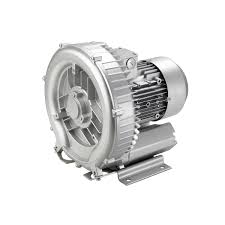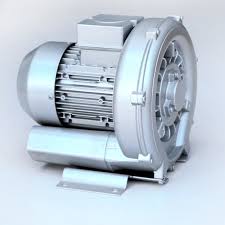two stage roots blower
A two-stage Roots blower is a type of positive displacement blower consisting of two series of blower stages connected sequentially. Each stage contains two rotors (often called lobes) that rotate within a casing, trapping and moving air from the inlet to the outlet without internal compression. The two stages work in series, with the first stage compressing the air and the second stage further increasing the pressure, often with a cooling stage in between. This design allows for higher pressure generation compared to a single-stage Roots blower.
Key features and benefits of a two-stage Roots blower:
- Higher Pressure:The two-stage design allows for significantly higher discharge pressures compared to a single-stage blower.
- Improved Efficiency:By compressing the air in stages, the overall efficiency of the blower can be improved, especially at higher pressure ratios.
- Cooling:A middle cooling system between the two stages helps to manage the temperature of the compressed air, preventing overheating and potential damage.
- Wide Range of Applications:Two-stage Roots blowers are used in various applications, including water treatment, sewage treatment, pneumatic conveying, and industrial processes requiring higher pressures.
- Reliability:Like single-stage Roots blowers, two-stage models are known for their robust construction and reliable performance.
How it works:
- First Stage: Air is drawn into the first stage and compressed slightly as the lobes rotate.
- Middle Cooling: The compressed air from the first stage passes through a cooling system.
- Second Stage: The cooled, partially compressed air enters the second stage, where it is further compressed to the desired pressure.
- Discharge: The fully compressed air is then discharged from the blower.










